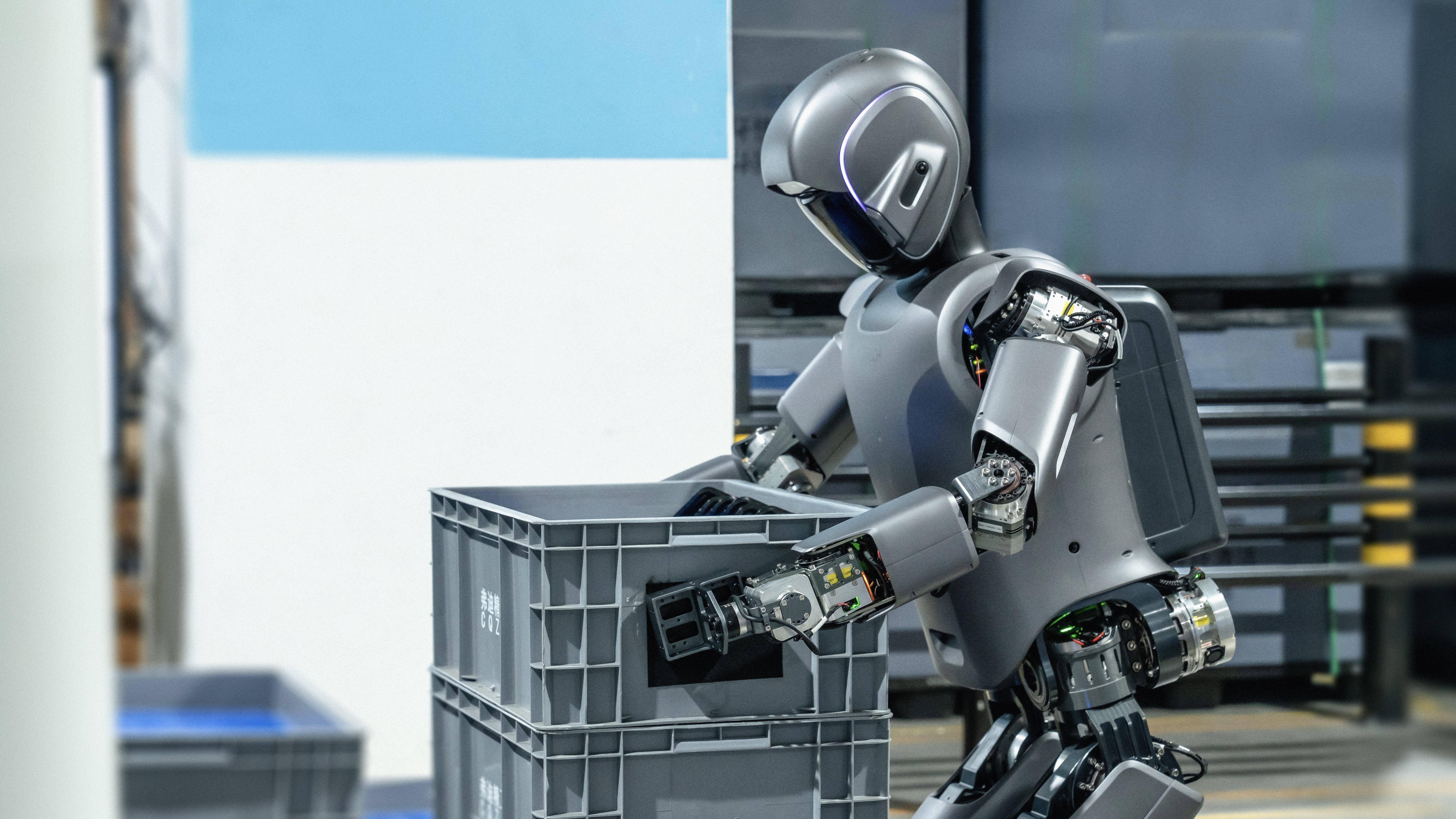
One stop solution for magnetic products

Behind Boston Dynamics’ Atlas backflips and Tesla Optimus’s flower-watering feats, the agility of humanoid robots is driving a global transformation in the electromechanical industry.
As the "muscular system" driving joint movements, the choice of motor type directly determines a robot’s motion precision, energy efficiency, and commercial viability. This article breaks down the current mainstream technologies, revealing opportunities in the emerging $2.8 billion electromechanical market for global trade professionals.
High-precision servo motors, with their 0.01-degree positioning accuracy, have become the core solution for humanoid robot heads, necks, and wrists. Japan’s Harmonic Drive integrates servo motors with harmonic gear reducers (e.g., the CSF series) to achieve a 50:1 reduction ratio, enabling Tesla Optimus’s fingers to grasp objects in 0.6 seconds. For international procurement, prioritize industrial-grade specs like IP65 waterproofing and 3,000-hour maintenance-free operation. Chinese suppliers like Inovance now offer EtherCAT-compatible smart servo systems at 25-30% lower costs than Japanese counterparts.
The explosive torque demands of hip and knee joints are pushing BLDC motors toward 600W/kg power density. Switzerland’s Maxon leverages neodymium magnets and hollow-cup designs in its EC-4pole series, powering German-made Festo bionic legs to endure 500,000 continuous jumps without performance loss. For export orders, validate core losses (<15W @ 3,000 RPM) and temperature rise curves (65°C peak). Southeast Asian assemblers increasingly require integrated overload protection circuits to reduce repair costs.
For non-rotational movements like chest expansion and spinal flexion, linear motors are rewriting design rules with 2m/s² acceleration. Taiwan’s HIWIN LMFA series uses magnetic grating feedback to achieve ±5μm repeatability in medical companion robots’ abdominal modules. Cross-border traders should prioritize FDA-certified dustproof rail covers and EN 55011 electromagnetic compliance, with Turkish and Mexican buyers boosting purchases by 180% YoY.
Search
Categories List
Please give us a message

Beijing Saint Langma Magnetic Technology Co.,Ltd